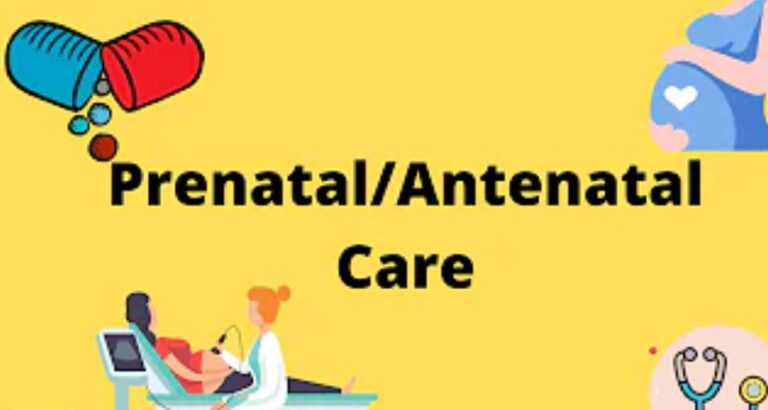Hypoplastic Left Heart Syndrome: What it is and 3 Ways to Avoid It
Hypoplastic left heart syndrome is a rare and complex congenital heart defect (a baby is born with) in which the left side of the heart is critically underdeveloped.
Today we will discuss Hypoplastic Left Heart Syndrome. Let me tell you this inspiring story of a little Zola born with this defect.
The inspiring story of Little Zola was born with this defect. After long open heart surgery, this warrior is off the breathing tube and on the road to full recovery.
In hypoplastic left heart syndrome, normal blood flow is affected, and less oxygen-rich blood is pumped into the body.
During the first few days of life, oxygen-rich blood bypasses the poorly functioning left side of the heart (through the ductus arteriosus and the foramen ovale). That means the right side of the heart pumps blood to the lungs and the rest of the body.
But, when the Ductus arteriosus and Foramen ovale close, it becomes hard for oxygen-rich blood to get to the rest of the body, and guess what? The baby usually dies.
So therefore, Hypoplastic left heart syndrome (HLHS) is a rare congenital heart defect in which the left side of the heart is severely underdeveloped and incapable of supporting systemic circulation. It is estimated to account for 2-3% of all congenital heart diseases. (Source Wikipedia)

Epidemiology
In the United States, it is estimated that 1 out of 3,841 babies have cases of congenital heart disease, and this is about 1,025 live births per year in the US. Isn’t that high?
Signs and symptoms
They are closing the ductus arteriosus in a severely underdeveloped heart on the left results in cyanosis and respiratory distress, which can progress to cardiogenic shock and death. Early symptoms might include poor feeding or cyanosis that does not respond to oxygen administration. Peripheral pulses may be weak, and extremities cool to the touch.
HLHS often co-occurs with low birth weight and premature birth.
How to Prevent Hypoplastic Left Heart Syndrome
Women can take steps before and during pregnancy to reduce the risk of having a baby with congenital disabilities.
These include;
- taking a daily multivitamin with folic acid (400 micrograms)
- avoiding smoking, and
- not drinking alcohol during pregnancy.





